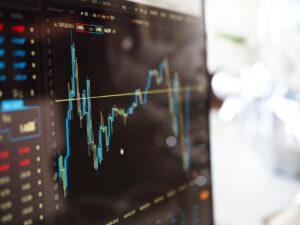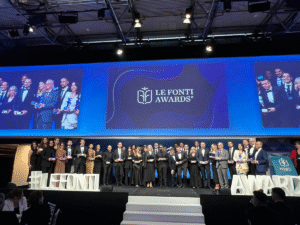For investors in Chinese equities, the start into 2022 has been as disappointing as the year 2021. It has been particularly painful for investors in the so-called Chinese New Economy, especially compared to the performance of their US counterparts.
The uncertainty around the regulatory crackdown in tech, the restructuring of Evergrande, the expected delisting’s from US exchanges as well as the economic slowdown have all contributed to the increase the willingness of investors to exit the Chinese market. More recently, the ambiguous positioning of the Chinese Leadership with regards to the Russian invasion of Ukraine, potentially suggesting a contagion of the Russian sell-off into the Chinese markets, has probably pushed the most stubborn international investors out of these markets.
The current fulgurant recovery, triggered by the supportive speech of Vice Premier Lui He last week, reminds us however of a déjà-vu in 2016. The year 2016 started with significant corrections in Chinese equities, but following an inflection point, the year finally turned out to be a very strong year for Chinese equity markets.
In this logic, what if the negative drivers mentioned above would gradually fade away? In this case, the current attractive valuations for some selective segments of these markets would provide a good entry point for investors. And more importantly, the launch of a more significant economic stimulus programm, needed to reach the “usual” 5% GDP growth target of the country, could even provide a booster for this market.
On March 16th, Vice Premier Liu He, the chair of the Financial Stability and Development Committee meeting, has surprisingly addressed all key market concerns mentioned above in a very constructive way. Regarding the future regulation of Chinese internet platforms, he announced a regulatory push towards a ‘traffic light regime’ and the intention of the authorities to facilitate a healthy development of these companies through transparent regulation. He also addressed the current issues of the fragilized Chinese Real estate sector, best represented by Evergrande, signalling that the credit support to the sector could be stepped up, especially the credit for the developers. In addition, he also stated that Chinese policymakers would continue to support overseas listings and come up with a concrete plan to solve the current issue regarding the review of audit files by the US authorities, thus, reducing the fears of a disorderly delisting of Chinese companies in the US. Last but not least, he reiterated that policymakers would ensure economic growth stays within a reasonable range, providing “active responses” of monetary policy and to maintain appropriate growth of new loans. As usual, these political announcements will need to be followed by concrete measures before international investors decide to significantly come back to these markets. This strong political signal however could represent an inflection point, or at least represent a “Beijing put” on Chinese equity markets for the future. Even though the issue with China’s stance on Ukraine remains open, for obvious reasons with Taiwan, there is a strong case to make for a positive outlook for Chinese equities in 2022. As usual, timing for investors will be key. But, as we all know, waiting for all the stars to be aligned before acting is usually not a good strategy.
Gergely Majoros, Member of the Investment Committee at Carmignac













